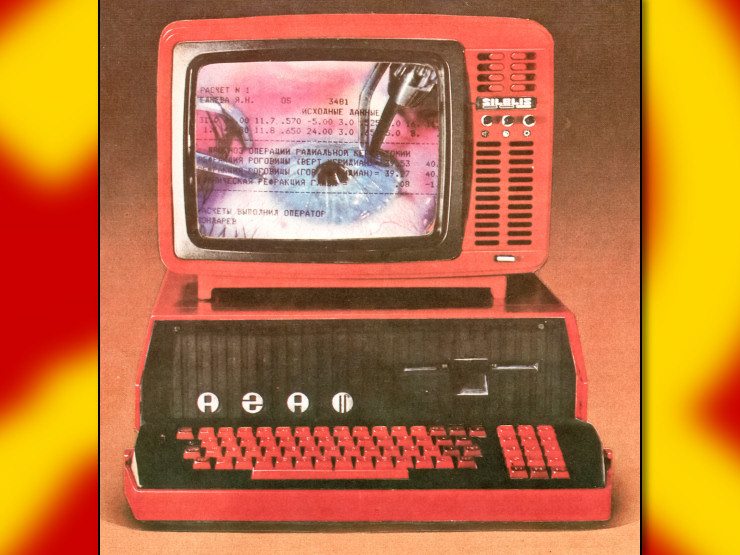

A cup of coffee with high quakity beans is around 30 cents per cup in materials in the US. If emplotees average 2 cups per day for an 8 hour workday it amounts to around an 8 cents per hour raise.
Of course, companies also believe that coffee improves productivity, so it us usually factored in as a cost-saving measure by the nerds controlling production. It’s only one you get yo self-defeating bourgeois dictator levels of petty that anyone starts to even care about somehow cutting coffee costs.







Intel has gone full bean counter mode, they are financialized around the world and back again trying to coast on legacy systems and monopoly power. They pocketed the CHIPS Act cash, mostly turning it into financial shenanigans rather than productive capacity.
In theory they could turn it around but it’s difficult to know how precarious their operation is, it jist has all the warning signs that it could be taken out by vultures.